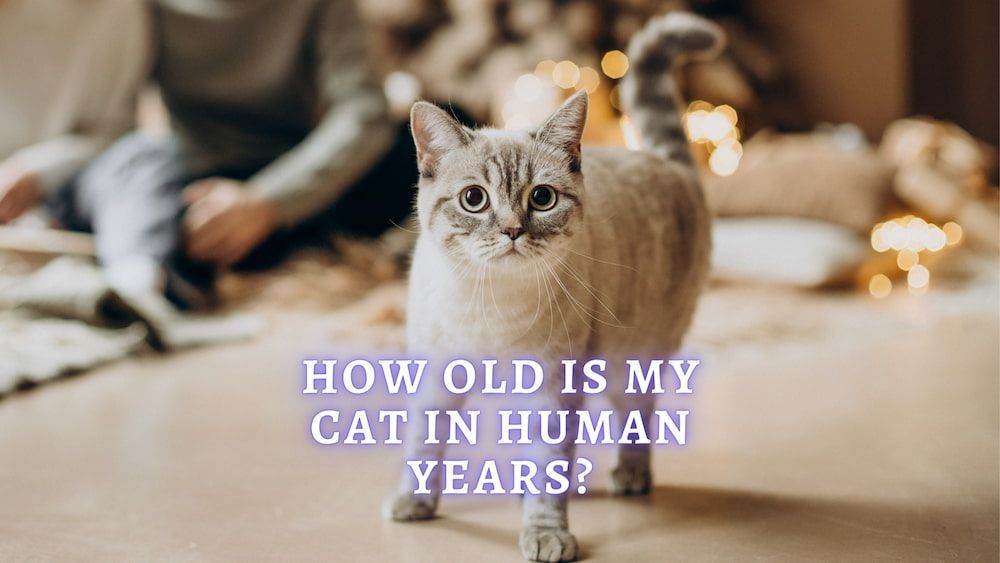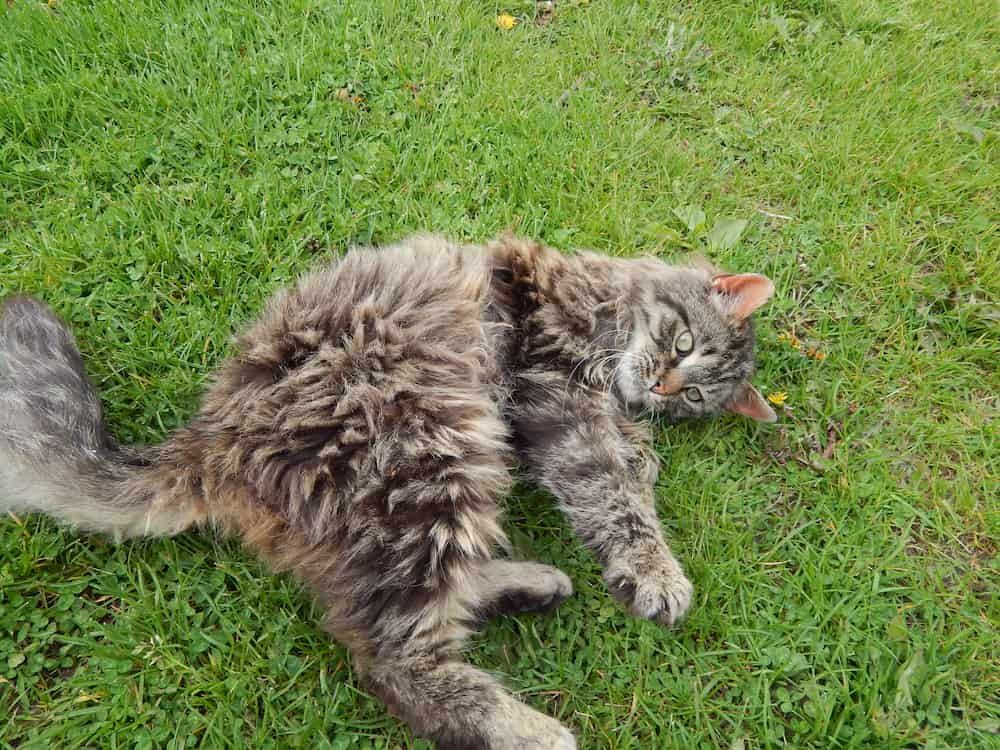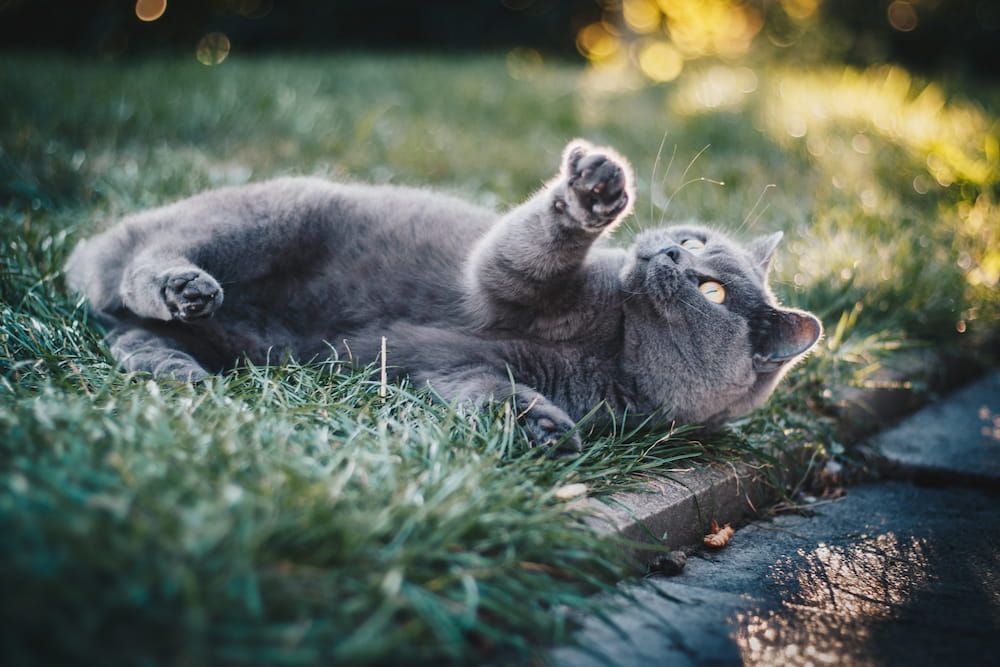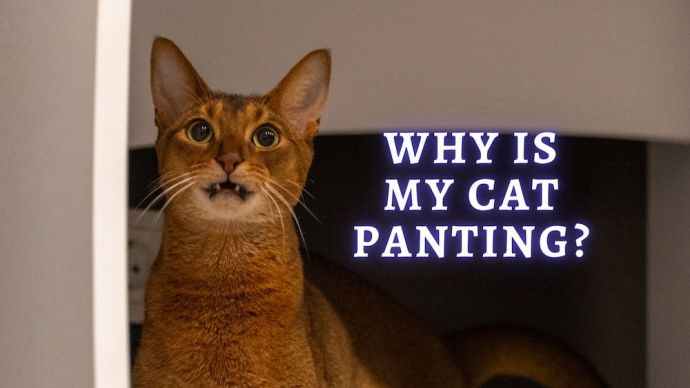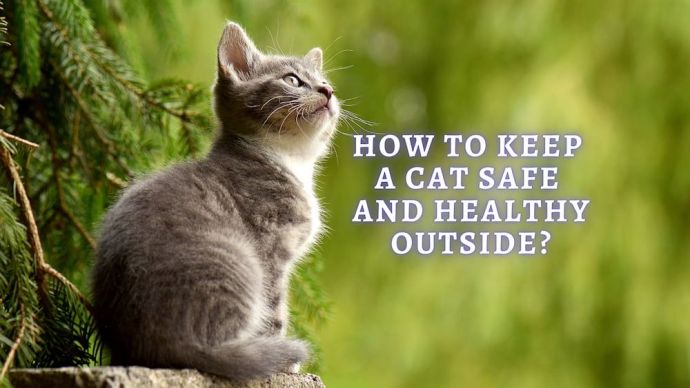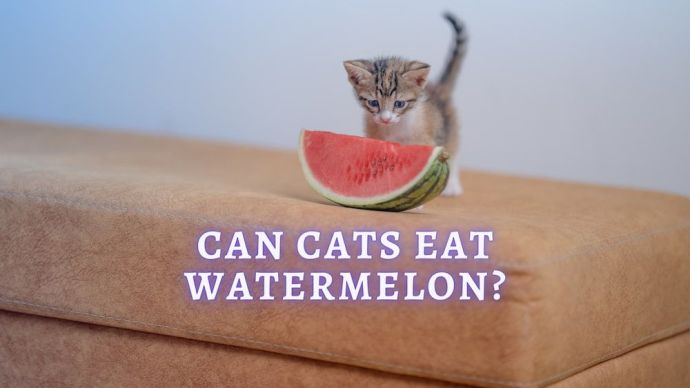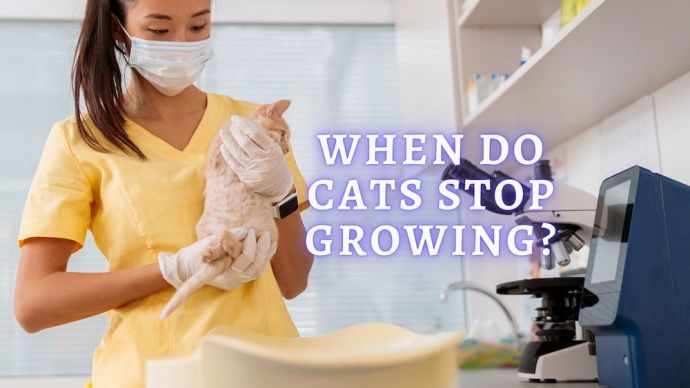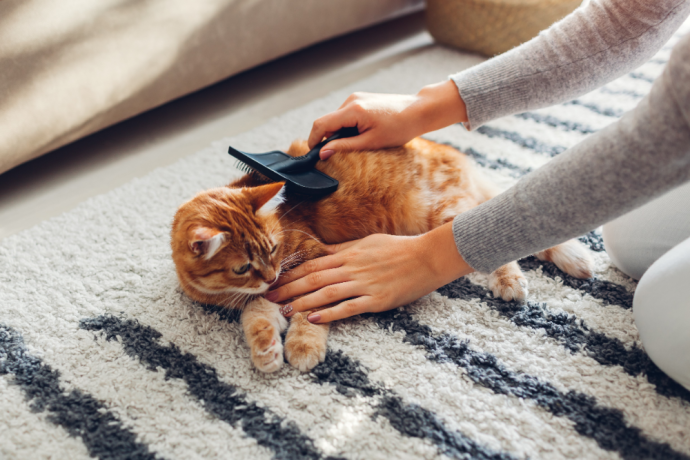Cat Years to Human Years: How Old is My Cat in Human Years?
Written by:
Author: Vicki Smirnova
Vicki Smirnova is a professional writer and editor who adores animals and helps readers get along well with their pets. She has been working in digital media for more than 5 years and has great experience writing content about lifestyle, including pets. Vicki specializes in dog health and nutrition, cat feeding, dog training. She is an aquarium lover and is passionate to write about fish care at home. Also, Vicki headed several websites and worked as a news editor.
View all 244 articlesLearn about our editorial process and veterinary review board.
Viewed: 201
Updated on: 12/24/2022
With the addition of a kitten in the home, many owners think: how do I estimate the cat years to human years? The easiest way to calculate a cat’s age in human terms is to use the table included in the International Veterinary Passport. According to this data, two cat’s life years in human terms correspond to 24 years and then four years for each additional year.
Cat age calculator
| Cat years | Human years |
| 1 | 15 |
| 2 | 24 |
| 3 | 28 |
| 4 | 32 |
| 5 | 36 |
| 6 | 40 |
| 7 | 44 |
| 8 | 48 |
| 9 | 52 |
| 10 | 56 |
| 11 | 60 |
| 12 | 64 |
| 14 | 68 |
| 14 | 72 |
| 15 | 76 |
| 16 | 80 |
| 17 | 84 |
| 18 | 88 |
| 19 | 92 |
| 20 | 96 |
What is the average cat’s life expectancy?
Cat’s life is 12-15 years. These are approximate figures that do not take into account many important factors that may affect the lifespan of a pet. The age periods are as follows:
- Infancy/childhood – 0-6 months. Having learned to walk, kittens actively explore the world around them. They are curious and playful.
- Adolescence – 6-12 months. Cats are becoming active and more and more often show character.
- Youth – 1-3 years. The animal is in full bloom, and all body systems are working at full capacity.
- Maturity – 4-10 years. A pet can live a fairly active life but gets tired faster; by the end of adulthood, health may deteriorate.
- Old age – 11 years and more. The pet begins to sleep more, the sense of smell and hearing gradually decreases, and the appetite worsens. The joints no longer have the same flexibility.[1]
READ MORE: How to tell how old a Kitten is?
How can I tell my cat’s age?
If a person takes an animal from a cattery, they will be told the exact age of the cat. If the future owner found his pet on the street or takes it from a shelter, then they will have to give the first assessment of the age of the animal.
Of course, it is best to determine the pet’s age by a veterinarian. But even they will not be able to provide the exact age since the test data will largely depend on the state of health of the cat and its lifestyle.
There are 5 parameters that will help determine how old a cat is:
- Teeth. At birth, kittens have no teeth. The first teeth appear at 2-3 weeks of age – milk incisors. In 3-4 weeks, fangs come through the gums. By 4 months, all milk teeth are fully grown, after which they begin to be replaced by molars. The change of teeth occurs up to about 10 months. With age, the teeth start to wear down and become covered with plaque; thus, the sharper and whiter the teeth, the younger the cat. From the age of 10, they can begin to fall out. There is no precise age definition for tooth wear and plaque, as much depends on the pet’s nutrition, health, and genes.
- Eyes. Young animals have clear, bright eyes with an even pattern of the iris. Over time, the eyes become cloudy, discharge may appear, and the structure of the iris may change.
- Wool. Kittens have soft and delicate fur. From 5-6 years, the coat fades. Then comes the gray hair. When determining the age of an animal by its wool, it is worth remembering that it is affected by periods of molting, skin diseases, and breed. And a young street cat, who fights often, can look much worse than a well-groomed house pet, but older.
- Body type. Kittens are rather disproportionate: they have large paws and a large head. Over time, more pronounced muscles appear, and the body is stretched. Adult animals look harmonious and deftly control their limbs. In older pets, the back often sags, and movement coordination may be disturbed. Quite often, animals in old age noticeably lose weight.
- Behavior. Usually, young animals are very active and curious. Gradually, they become calmer, and by old age, they are entirely inactive. However, one should never forget about the individual characteristics of each pet.[2]
RELATED: How to Raise a Kitten: Veterinary Advice
Do indoor and outdoor cats age the same way?
It is essential to consider the breed, lifestyle, and health of the pet and where the pet lives. Animals at home and with good maintenance often cross the threshold of 10 years. Homeless cats and animals aged 8 can already be considered centenarians.
Several factors affect the life expectancy of outdoor cats:
- Lack of normal nutrition.
- Constant stress.
- Diseases.
- Injuries.
- External factors (death under the wheels of cars, in conflicts with other cats and dogs, etc.).
- Technogenic factors (bad ecology, trapping homeless animals, fighting rodents on the streets of cities, and, as a result, the use of various poisons, etc.).
Why is understanding my cat’s age important?
There are many reasons why people need to know the age of cats. Firstly, to make the pet’s life as comfortable as possible and properly care for it. An elderly animal needs no less attention than a kitten, including regular veterinary visits, the right food, and activity for the pet.
Secondly, owners should consider the pet’s age when planning its future. Moving, the birth of a child – these are serious life changes that will definitely affect the pet. Moreover, they often cause severe stress, affecting the pet’s health and behavior. To minimize stress and not injure the animal, the owners should prepare the pet in advance or postpone something for a while.
RELATED: Signs your Cat is Getting Old: Elderly Cat Care (Vet Advice)
How to increase the lifespan of a cat
In order for the pet to feel good and pleasant as long as possible, the owners should pay attention to the points that affect how long their pet will live:
- Breed. It affects immunity, genetic changes, diseases, and activity. The “purer” the breed, the less its representatives live. Aboriginal breeds, or those that have developed with minimal human intervention, are usually stronger and healthier.
- Sterilization. Pets often have hormonal disruptions and various diseases associated with the reproductive system. Spayed and neutered pets live 4-5 years longer, but it is very important to monitor their nutrition and activity, as such pets are prone to being overweight.
- Overweight. Just like for people, a sedentary lifestyle is harmful to animals, and various activities not only develop muscles but also improve health.
- Vet visits. Timely vaccination, observation by a specialist, and competent care may well make an animal longer-lived and, at the same time, improve its quality of life.
- Balanced diet. How to feed your pet – natural food or ready-made food – each owner decides for himself. However, in both cases, it is important that the diet is balanced and regular.
- Heredity. No matter how good the care is, if the parents passed on hereditary diseases to the animal, then the best thing the owner can do is to identify them as early as possible by taking the cat to the veterinarian and strictly following all the recommendations of the specialist.
READ MORE: Best Cat Food for Older Cats
Conclusion
You need to know the age of the pet in order to care for it properly. For example, older animals need special food to take into account age-related changes and help with hair care. They are also less able to endure radical changes – moving, traveling, the appearance of babies or new animals in the apartment. If the pet can already be called middle-aged, it is important to gradually and carefully prepare it for such changes.
People also ask:
How old, in human years, is a 15-year-old cat?
The calculation of the cat’s age is made according to the following data: the first year of a pet’s life is 15 human years; the second year is 24. For each successive year of the cat (from the 3rd to the 15th), 4 human years. If your cat has lived 15 human years, then it is already 76 cat years.
Is 18 old for a cat?
18 pet years is about 1.5 human years.
How long do cats live in cat years?
Cats live 12-15 human years. This is 64-76 years old by cat standards.
How to estimate the age of a cat?
The easiest way to calculate a cat’s age in human terms is to use the table included in the International Veterinary Passport. According to this information, two cat years in human terms correspond to 24 years and, for each subsequent year, add four.
Article Sources:
- Canine and feline geriatrics: M. Davies, Blackwell Science Ltd. through Iowa State University Press, 1996, ISBN 0-632-03479-3, 176 pp., $47.95, paperback sciencedirect.com/science/article/abs/pii/S0167587797807064?via%3Dihub.
- Cozzi, Bruno, et al. “Aging and Veterinary Care of Cats, Dogs, and Horses through the Records of Three University Veterinary Hospitals.” PMC, ncbi.nlm.nih.gov/pmc/articles/PMC5306394/.
 Cat Veterinary Tips Cat Stomach Gurgling: Vet Advice on Why is Your Cat Stomach Gurgling?
Cat Veterinary Tips Cat Stomach Gurgling: Vet Advice on Why is Your Cat Stomach Gurgling? - 36469
- 4
 Cat Care Why Does My Cat Attack My Legs? 10 Reasons Why and What To Do About It (Vet-Approved Advice)
Cat Care Why Does My Cat Attack My Legs? 10 Reasons Why and What To Do About It (Vet-Approved Advice) - 46013
- 21
 Cat Veterinary Tips Cat Stomach Gurgling: Vet Advice on Why is Your Cat Stomach Gurgling?
Cat Veterinary Tips Cat Stomach Gurgling: Vet Advice on Why is Your Cat Stomach Gurgling? - 36469
- 4
 Cat Veterinary Tips My Cat Lost its Voice: Can Cats get Laryngitis? (Vet Advice)
Cat Veterinary Tips My Cat Lost its Voice: Can Cats get Laryngitis? (Vet Advice) - 23554
- 13









